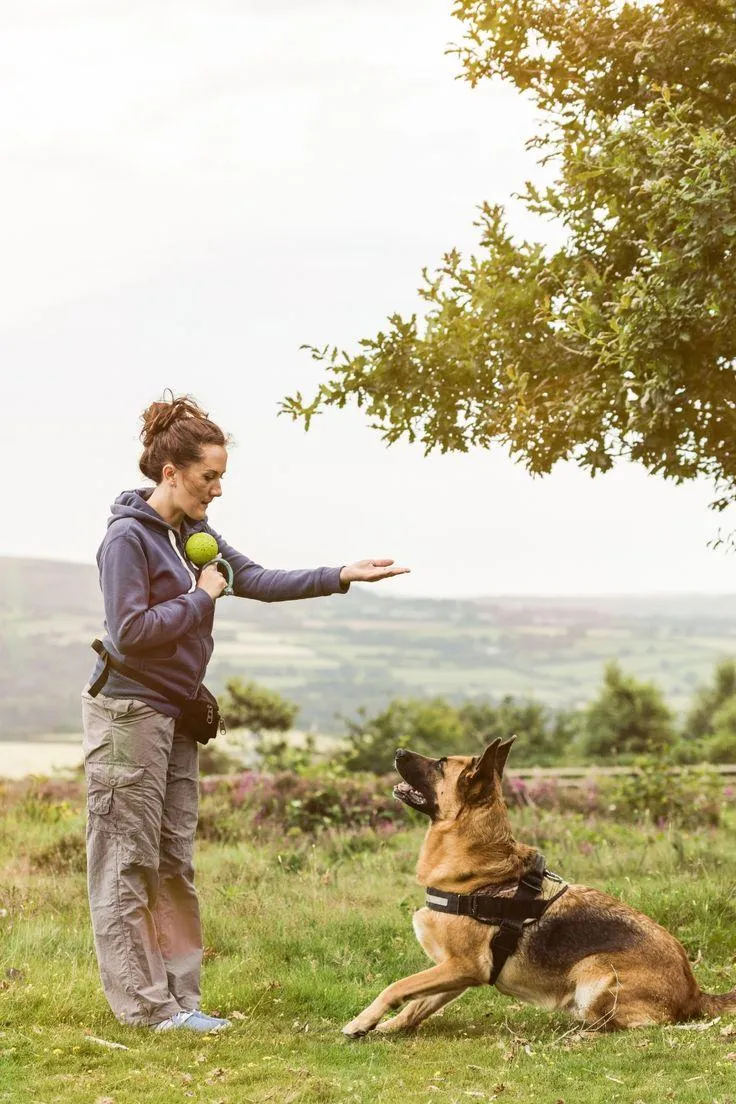In the Press
Snack-able Lessons
For more information or to schedule an interview with our experts, please contact our Media Relations Department.
Email:
Text: (909) 855-7608

The Ultimate Guide to Training Your Dog: Tricks, Tips, and Techniques
The Ultimate Guide to Training Your Dog: Tricks, Tips, and Techniques
Training your dog is one of the most rewarding aspects of pet ownership. A well-trained dog is not only happier but also safer and more enjoyable to be around. Whether you’re teaching basic commands or advanced tricks, effective training requires patience, consistency, and a positive attitude. This ultimate guide will walk you through the essentials of dog training, from foundational techniques to fun tricks.
1. Start with the Basics
Begin training with basic commands like sit, stay, come, and leave it. These foundational skills create a framework for more advanced training and improve your dog’s behavior in everyday situations.
Sit: Hold a treat above your dog’s nose and move it back. As their head follows the treat, their bottom will naturally lower. Say “sit” and reward them.
Stay: Teach stay by having your dog sit, then holding your hand out as you say “stay.” Reward them after a few seconds and gradually increase the duration.
2. Use Positive Reinforcement
Positive reinforcement is one of the most effective training methods. Reward desired behaviors with treats, praise, or playtime. Avoid punishment, as it can lead to fear or anxiety.
Keep rewards small and immediate to reinforce the connection between behavior and reward.
Use a consistent marker, like a clicker or a specific word, to signal correct behavior.
3. Be Consistent
Consistency is key to successful training. Use the same commands, tone, and rewards every time. Ensure all family members follow the same training routines to avoid confusing your dog.
4. Keep Training Sessions Short
Dogs have short attention spans, so limit training sessions to 5-10 minutes. Frequent, short sessions are more effective than long, drawn-out ones.
5. Teach Advanced Tricks
Once your dog has mastered the basics, move on to more advanced tricks:
Roll Over: Start with your dog lying down, then lure them with a treat to roll onto their side and over.
Shake: Hold your dog’s paw and say “shake” before rewarding them. Practice until they offer their paw on command.
Spin: Use a treat to guide your dog in a circle, saying “spin” as they follow. Reward them once they complete the turn.
6. Address Problem Behaviors
Training is also an opportunity to correct unwanted behaviors, such as jumping, barking, or chewing. Identify the cause of the behavior and use redirection or alternative behaviors to address it.
For barking, teach the “speak” and “quiet” commands to manage vocalizations.
Redirect chewing to appropriate toys and provide plenty of physical and mental stimulation.
7. Socialize Your Dog
Socialization is an essential part of training, especially for puppies. Expose your dog to different people, animals, and environments to build confidence and reduce fear-based behaviors.
8. Incorporate Mental Stimulation
Training isn’t just physical—it’s also mental. Use puzzle toys, scent games, and problem-solving exercises to keep your dog’s mind sharp.
9. Be Patient and Stay Positive
Training takes time, and every dog learns at their own pace. Stay patient and celebrate small successes. Avoid frustration, as it can hinder progress and damage your bond.
10. Seek Professional Help if Needed
If you encounter challenges, don’t hesitate to seek help from a professional dog trainer. They can provide personalized guidance and address specific behavioral issues.
Final Thoughts
Training your dog is a journey that strengthens your bond and enhances their quality of life. With patience, consistency, and positive reinforcement, you can teach your dog anything from basic manners to impressive tricks. Embrace the process, and enjoy the rewards of a well-trained, happy companion.






Better business, higher revenue, more conversions.
Quick Links
Home
About
Services
Press
Book a Consultation
Contact Us
Snack-able Lessons
1313 East Colton Avenue, Redlands CA 92374
(909) 855-7608
Legal
Privacy Policy
Terms & Conditions
Connect
© {{location.name}} {{right_now.year}}
All Rights Reserved

